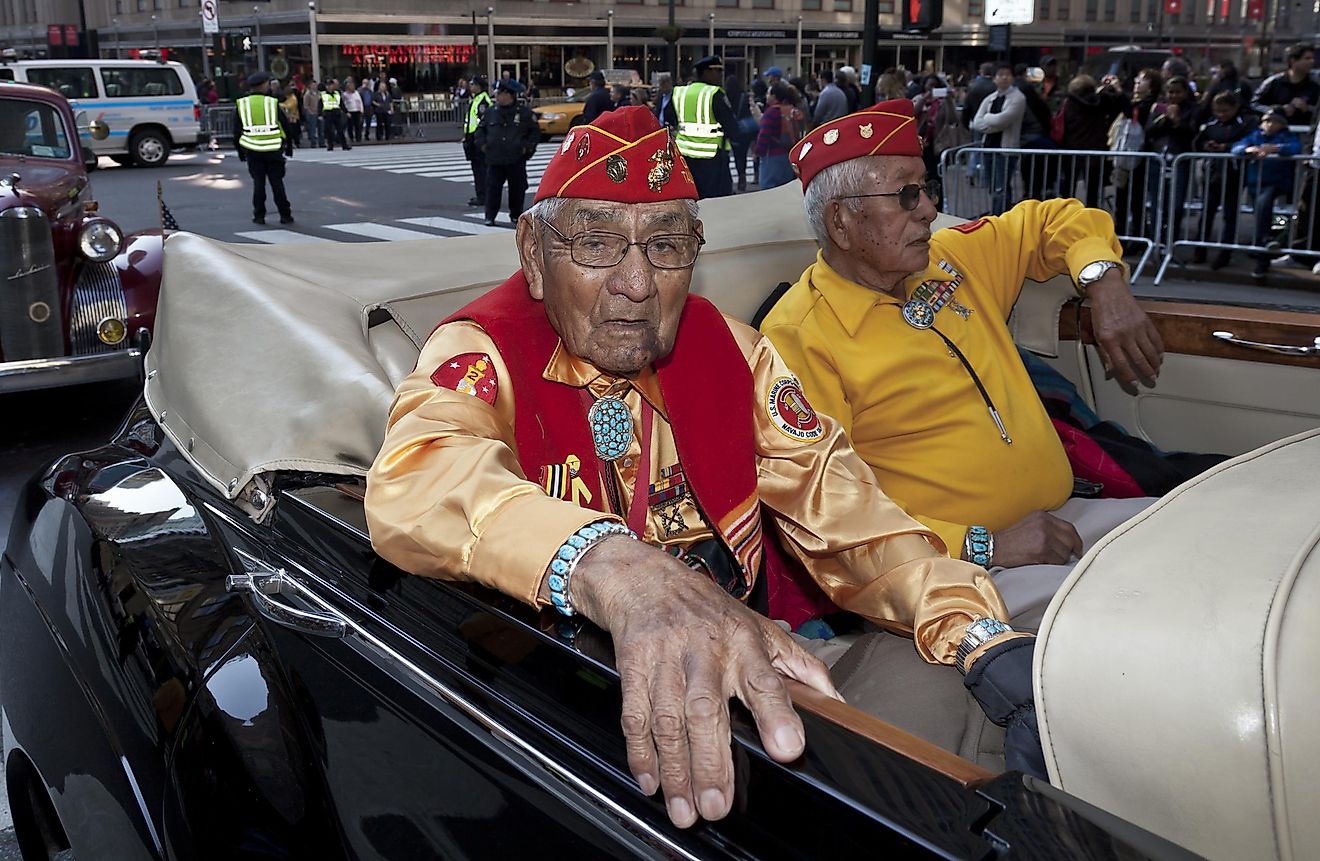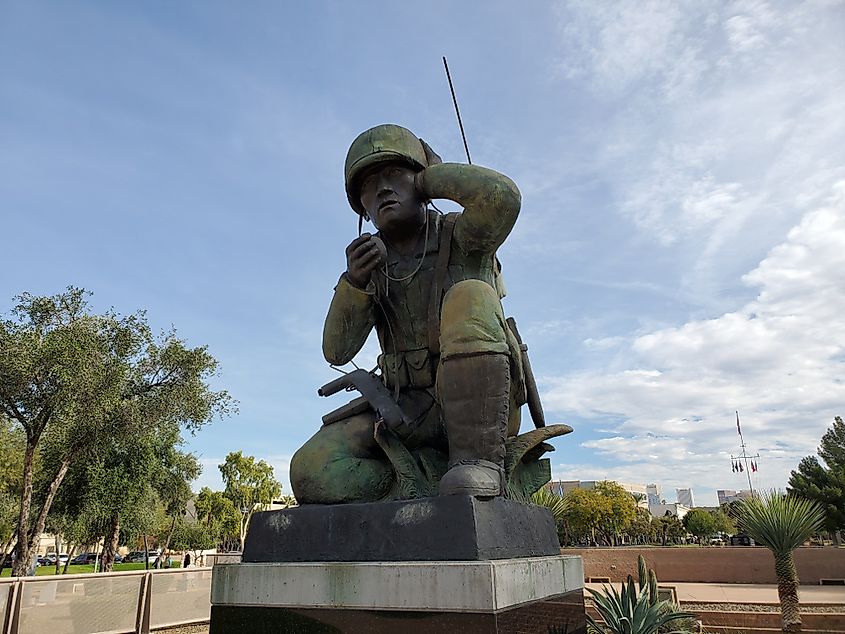Who Were The Navajo Code Talkers?

- The first time Navajo code talkers were used in a military operation was in 1918 during World War I, in France.
- Navajo code talkers were recruited from dozens of different Native American tribes, not only the Navajo tribe.
- The Navajo code, by the end of World War II, contained as much as 411 different code names used in communication during military operations.
The Navajo code talkers were a group of Native American soldiers that participated in both World Wars. The Native American soldiers used their own native languages in radio transmission. Their role during transmission of vital information about the situation on the battlefield was crucial, as they used a code the enemy could not break.
Native American Soldiers
There were more than 500 people that joined the Navajo code talkers, coming from many different Native American tribes. Cherokee, Comanche, Navajo, Sioux tribes, and others gave soldiers that were trained to speak the language of code.
The very first time Navajo code talkers showed how useful this way of communication can be was in 1918. Eight members of the Choctaw tribe served in World War I in France, where they played a huge role when the Meuse-Argonne offensive took place. The Germans had no idea what they were hearing in the comms.
Creating The Navajo Code
In essence, the process of creating the Navajo code was not too complicated. People from various Indian American tribes had pictures of different objects. After observing them, they would find the name that was the most appropriate.

When the Navajo code was first developed, the original selection of 211 words was ascribed with different meanings. In World War II, that number went up to 411. The reason why this code was so difficult to crack is that the Navajo language did not contain any military terminology. To make this work, the Navajo code talkers created an alphabet system that used Navajo words, instead of standard spelling. Also, certain words got a particular meaning, and it looked like this:
The Navajo word for an eagle was atsa, which was a code for a transport plane. Paaki (Hopi language) stood for houses on water, which meant that they were talking about shops. Comanches used the word wakaree’e to name a turtle, and when transferred to code - this was a tank. The Choctaw tribe used the words tushka chipota, which translated to warrior soldier, or just soldier when it came to code. Besh-lo was an iron fish, which obviously - meant that submarine is spotted.
Key To Success In World War II
The Navajo code talkers were extensively used during World War II, and more than 500 of them were recruited by the Marine Corps. They gave the marines a critical advantage on the battlefield, and the success of the operations that took place in the Pacific largely depended on the Navajo code talkers.
Their special communication services were used in one of the most extensive military operations ever, the one that happened in Normandy in June of 1944, known as D-Day. They were also pivotal when it came to the battle of Iwo Jima when they secretly transferred more than 800 messages between the command centers and the battlefield.
It was not until the 1990s before the value of Navajo code talkers was publicly recognized. In 2001, the veterans that are still alive received the highest honor that can be awarded by the Congress - the Congressional Gold Medal. In the years that followed, their contributions were legally recognized by the Congress, as they passed the Code Talkers Recognition Act.











